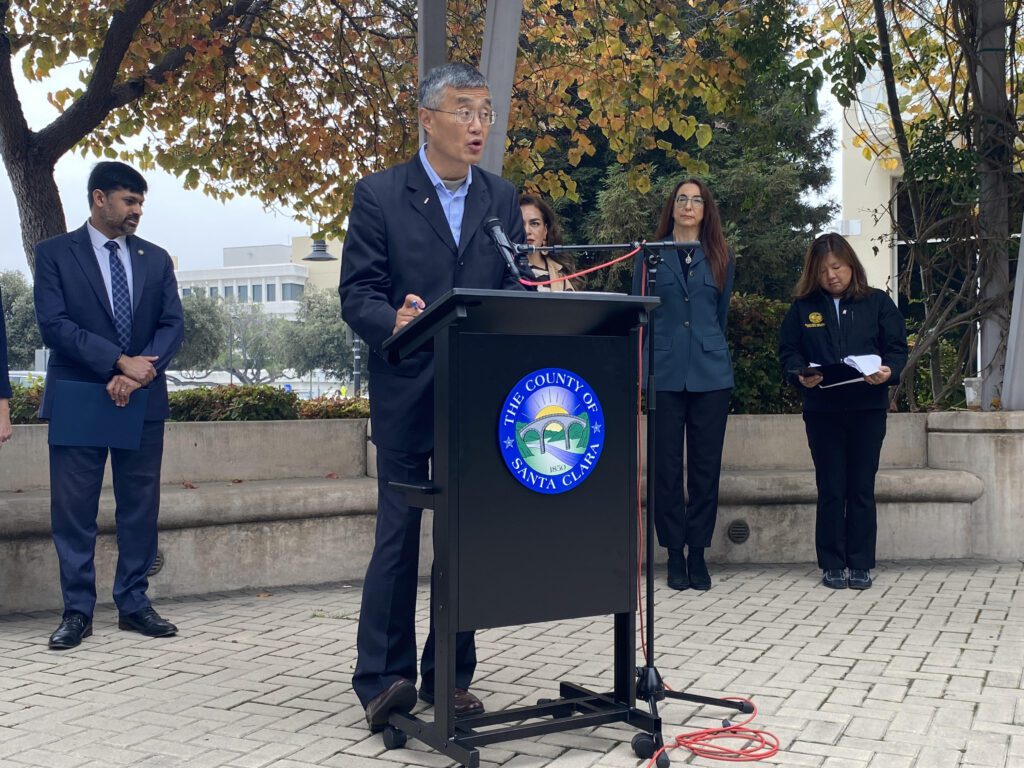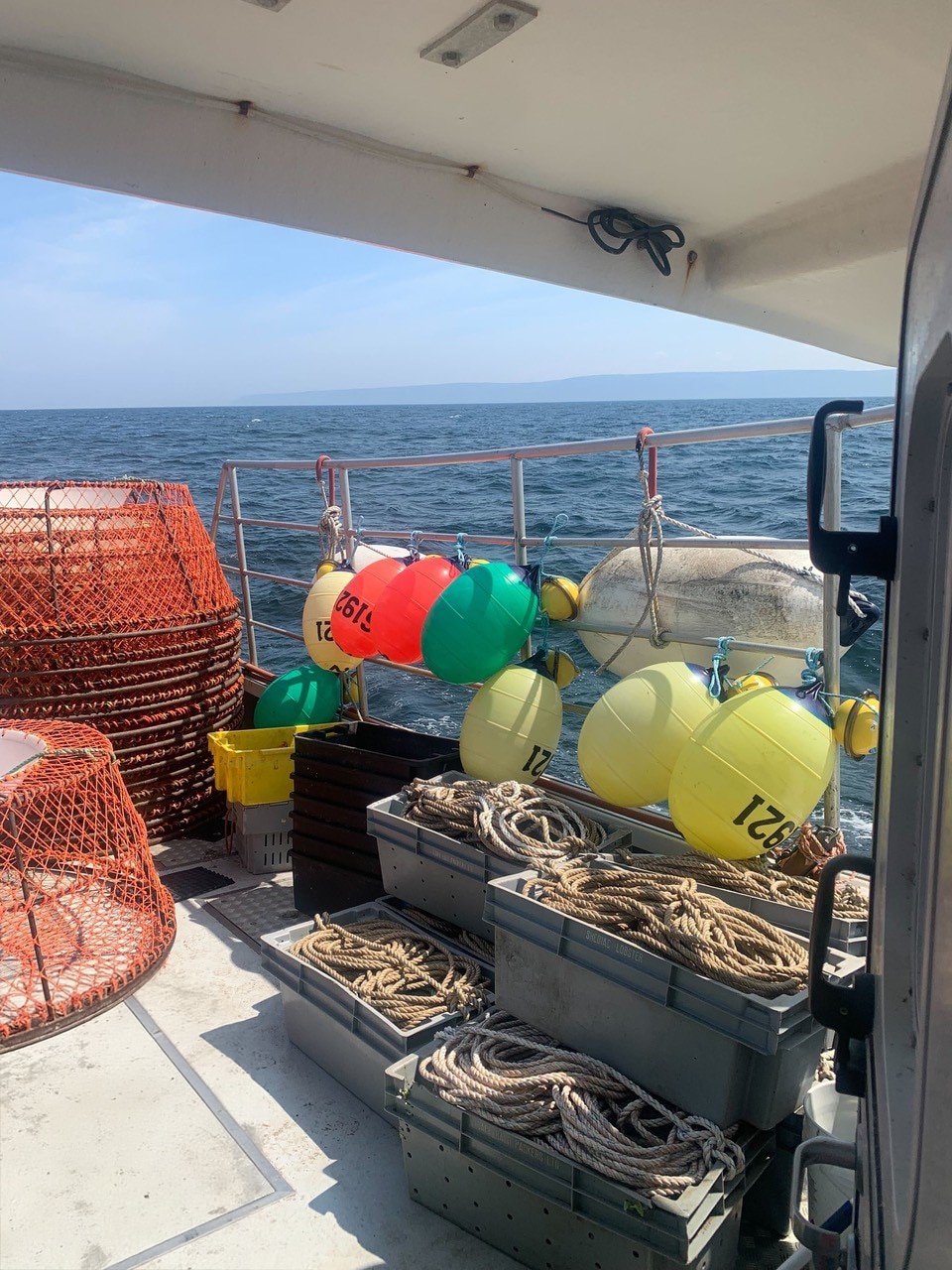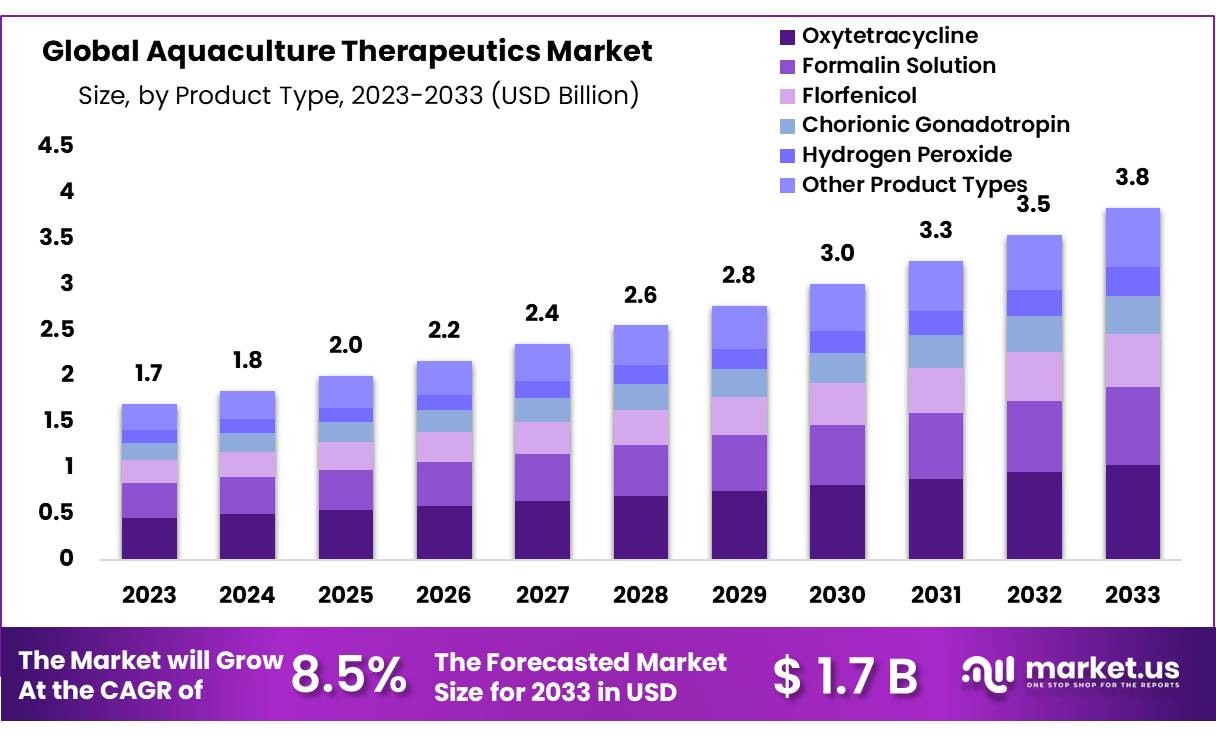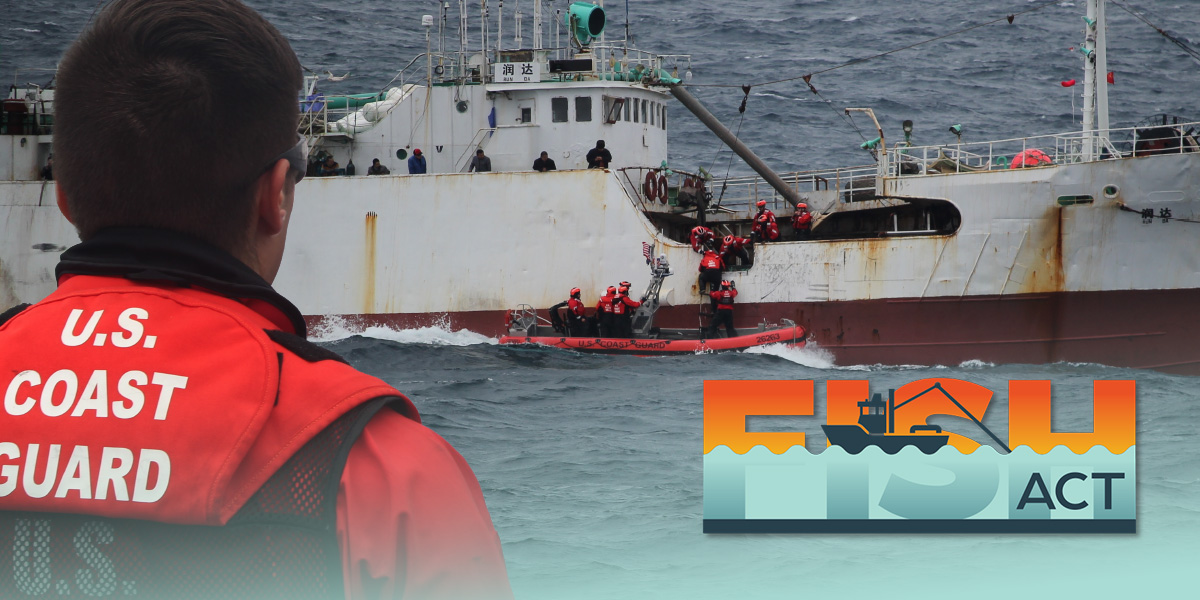Study: Parrotfish play role in early coral bleaching – keysnews.com

Report on Atypical Coral Bleaching Event in the Florida Keys
Executive Summary
A recent study has identified an unusual coral bleaching event in Buttonwood Sound, Florida Keys, occurring outside the typical season for temperature-induced stress. This report details the findings, linking them to the United Nations Sustainable Development Goals (SDGs), particularly SDG 14 (Life Below Water) and SDG 13 (Climate Action). The primary cause is attributed to predation by the rainbow parrotfish rather than elevated water temperatures, highlighting the complex and varied threats facing marine ecosystems.
Analysis of Causation and Environmental Impact
Primary Causal Factor: Biotic Stress
Research conducted by the University of Georgia indicates that the localized bleaching observed during April and May is a direct result of the feeding habits of the rainbow parrotfish. The fish’s beak-like mouth scrapes the coral, causing stress and subsequent bleaching. This finding distinguishes the event from widespread, climate-driven bleaching phenomena.
Deviation from Climate-Related Bleaching
This event is notable because it is not linked to high water temperatures, the most common driver of coral bleaching globally. This underscores a critical point in marine conservation: while climate change (SDG 13) is a primary threat, localized biotic factors can also cause significant damage to coral reefs, complicating conservation efforts.
Relevance to Sustainable Development Goals (SDGs)
SDG 14: Life Below Water
This incident directly relates to the objectives of SDG 14, which aims to conserve and sustainably use marine resources. The health of coral reefs is a key indicator of ocean vitality.
- Target 14.2: This target focuses on managing and protecting marine and coastal ecosystems. Understanding all sources of stress, including natural predation, is essential for strengthening ecosystem resilience and developing effective management strategies for protected areas like the Florida Keys.
- Target 14.a: The University of Georgia’s study exemplifies the goal of increasing scientific knowledge and research capacity to improve ocean health. Such research provides the critical data needed for evidence-based conservation policies.
SDG 13: Climate Action
While not the direct cause in this case, the event provides a crucial point of comparison to the broader threat of climate-induced bleaching. It reinforces the need for a multi-faceted approach to coral reef protection that addresses both global climate change and localized pressures.
Conclusion and Path Forward
The case of parrotfish-induced bleaching in the Florida Keys demonstrates the necessity of comprehensive research to fully understand the array of threats to marine ecosystems. Achieving global sustainability targets requires a nuanced understanding that goes beyond single-factor causes.
- Finding: Atypical coral bleaching in Buttonwood Sound is linked to rainbow parrotfish predation, not thermal stress.
- Implication for SDG 14: The event highlights the diverse pressures impacting coral health, complicating efforts to manage and protect marine ecosystems sustainably.
- Recommendation: Continued investment in scientific research (Target 14.a) is paramount to differentiate between natural and anthropogenic stressors, allowing for the development of targeted and effective conservation strategies to protect life below water.
Which SDGs are addressed or connected to the issues highlighted in the article?
- SDG 14: Life Below Water – Conserve and sustainably use the oceans, seas and marine resources for sustainable development.
Explanation
The article’s central theme is the health of coral reefs in the Florida Keys, a critical marine ecosystem. It discusses “coral bleaching,” a direct threat to marine life and biodiversity. This aligns perfectly with SDG 14, which focuses on the protection and health of marine environments.
What specific targets under those SDGs can be identified based on the article’s content?
- Target 14.2: By 2020, sustainably manage and protect marine and coastal ecosystems to avoid significant adverse impacts, including by strengthening their resilience, and take action for their restoration in order to achieve healthy and productive oceans.
- Target 14.a: Increase scientific knowledge, develop research capacity and transfer marine technology… in order to improve ocean health and to enhance the contribution of marine biodiversity to the development of developing countries…
Explanation
Target 14.2 is relevant because the article discusses a “significant adverse impact” on a coastal ecosystem, namely the coral bleaching in Buttonwood Sound. Identifying the cause of this bleaching is the first step toward managing and protecting this ecosystem.
Target 14.a is addressed through the mention of the “study by the University of Georgia.” This study represents an effort to increase scientific knowledge and research capacity to understand a specific threat to ocean health (coral bleaching from a non-traditional source), which is essential for developing effective conservation strategies.
Are there any indicators mentioned or implied in the article that can be used to measure progress towards the identified targets?
- Incidence and cause of coral bleaching events.
- Number of scientific studies on marine ecosystem health.
Explanation
The article explicitly mentions “coral bleaching” as the key issue. Tracking the frequency, extent, and causes of such events serves as a direct indicator of the health of the coral reef ecosystem and the effectiveness of protection measures (related to Target 14.2).
The reference to a “study by the University of Georgia” implies that scientific research is a tool being used to address the problem. Therefore, the number and focus of such studies can be used as an indicator of the investment in “increasing scientific knowledge” to improve ocean health (related to Target 14.a).
SDGs, Targets and Indicators Table
| SDGs | Targets | Indicators |
|---|---|---|
| SDG 14: Life Below Water | 14.2: Sustainably manage and protect marine and coastal ecosystems to avoid significant adverse impacts. | Incidence and cause of coral bleaching events. |
| SDG 14: Life Below Water | 14.a: Increase scientific knowledge and develop research capacity. | Number of scientific studies on marine ecosystem health (e.g., the mentioned “study by the University of Georgia”). |
Source: keysnews.com

What is Your Reaction?
 Like
0
Like
0
 Dislike
0
Dislike
0
 Love
0
Love
0
 Funny
0
Funny
0
 Angry
0
Angry
0
 Sad
0
Sad
0
 Wow
0
Wow
0



























;Resize=805#)


















































